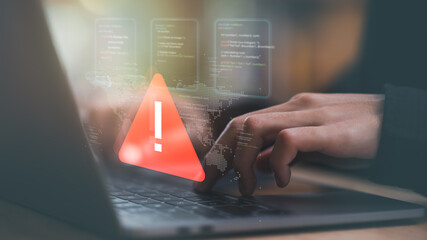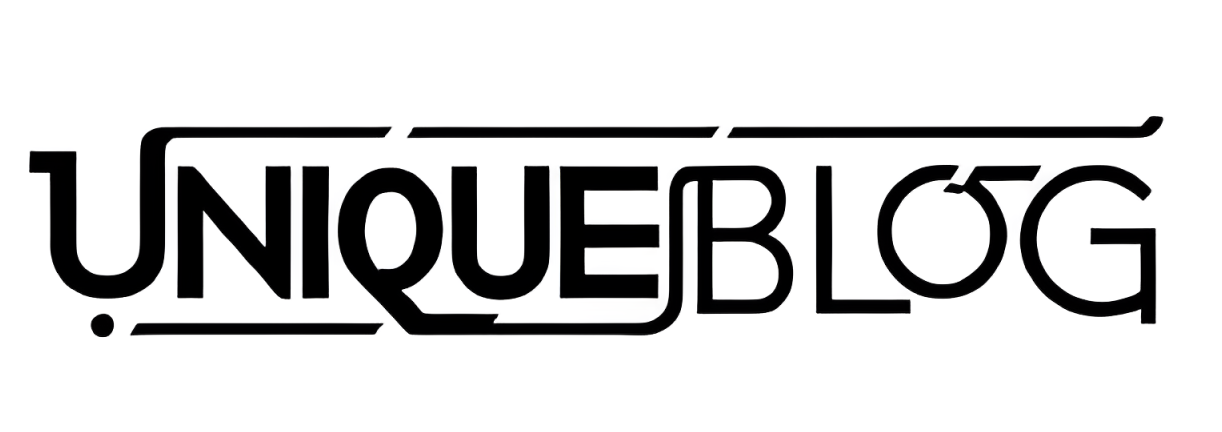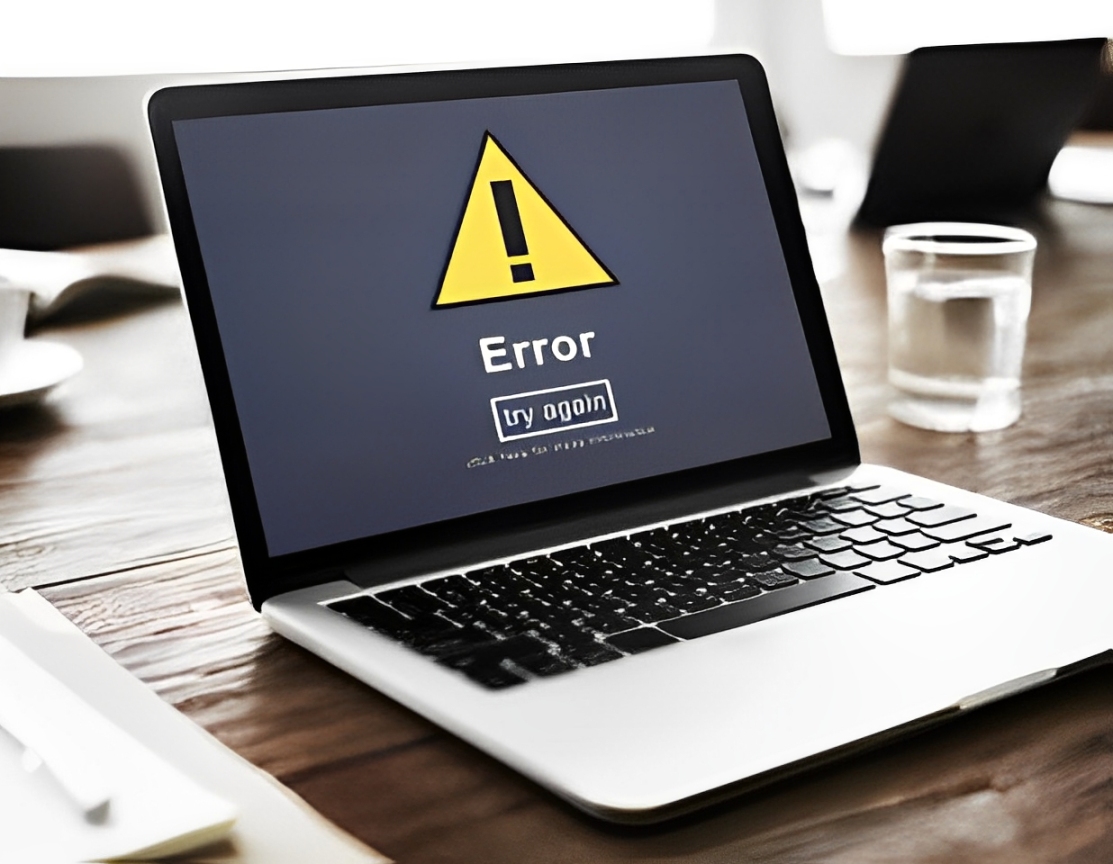Learn how to efficiently fix bug Ralbel28.2.5 with step-by-step troubleshooting tips, system compatibility checks, and software updates to avoid crashes and data corruption.
Table of Contents
ToggleIntroduction
The Ralbel28.2.5 bug has become an increasingly discussed issue in the tech community, and for good reason. This persistent bug is known for causing system crashes, data corruption, and various other performance-related problems across multiple platforms. Fortunately, the root causes of this problem are well-documented, and there are several effective strategies to fix this bug. In this post, we will outline a thorough guide to help you troubleshoot, identify, and resolve the Ralbel28.2.5 bug. With this step-by-step solution, you will be able to eliminate the bug’s impact on your system, ensuring smoother operation and preventing further data loss or corruption. Keep reading for an in-depth look at how to handle the bug, from identifying symptoms to applying a full resolution.
Identifying Symptoms of the Ralbel28.2.5 Bug
Before diving into solutions, it’s crucial to first understand what to look for when trying to identify the Ralbel28.2.5 bug in your system. Identifying symptoms early on can help you narrow down the underlying cause and start troubleshooting effectively. In many cases, the bug manifests as memory leaks, database connection timeouts, and even random process terminations. Monitoring system performance is vital during this phase; check for instances where the system behaves erratically, such as slow response times or unexpected shutdowns. If your system logs are showing NULL pointer exceptions, that’s a definite red flag, as it points to critical system errors that can lead to data corruption. Identifying these symptoms is the first step toward determining the best path to fix bug Ralbel28.2.5.
Understanding the Root Causes of the Bug
The Ralbel28.2.5 bug typically stems from a combination of factors that affect system stability, including outdated software, incompatible dependencies, and insufficient system resources. One of the primary causes is often software incompatibility with older operating systems, especially legacy systems using outdated kernel versions. These systems may struggle with modern software updates, which can directly lead to crashes and data loss. Additionally, the bug may be triggered by faulty memory management or improperly allocated resources, leading to memory leaks and crashes. System performance issues, such as excessive CPU usage or slow database queries, can exacerbate the problem. Understanding these underlying causes is essential in formulating an effective solution to fix bug Ralbel28.2.5.
Check System Compatibility to Fix Bug Ralbel28.2.5
To tackle the Ralbel28.2.5 bug, the first thing you need to do is check your system’s compatibility. Ensure that the hardware and software running on your system align with the software requirements of the program affected by the bug. Legacy systems running older kernel versions are especially prone to compatibility issues. If your system is outdated, it may not be able to efficiently run the newer software versions, which can result in errors like the Ralbel28.2.5 bug. Update your system’s kernel to the latest version to ensure compatibility. Furthermore, ensure that any third-party software and drivers are also up to date, as out-of-date drivers can cause unforeseen issues, such as crashes or incorrect functionality. By confirming that your system meets the necessary requirements, you can significantly reduce the risk of the Ralbel28.2.5 bug persisting.

Update Software to Eliminate Compatibility Issues
Another effective method to fix bug ralbel28.2.5 is to ensure all your software is up to date. Software updates typically include patches and fixes that resolve known issues, including bugs like Ralbel28.2.5. If you’re running outdated software or dependencies, compatibility issues are more likely to arise, leading to unexpected crashes and other problems. Check for the latest updates not only for the software directly affected by the bug but also for any related dependencies or system libraries. In many cases, Ralbel28.2.5 may be linked to conflicts between outdated libraries and newer system components. By keeping everything up to date, you reduce the likelihood of encountering compatibility issues and can potentially eliminate the bug altogether. Always backup your system before performing updates to avoid any risk of data loss during the process.
Clearing System Cache to Prevent Corruption
Another common cause of errors like the Ralbel28.2.5 bug is system cache corruption. Over time, system caches can accumulate unnecessary or corrupted data, which can interfere with normal system operation. Clearing the cache can therefore be an effective way to prevent or fix the bug. There are several ways to clear your system cache, depending on your operating system and the specific software causing the issue. For example, on Linux systems, you can use commands like sudo apt-get clean to clear cached package files, or on Windows, you can use the Disk Cleanup tool to remove temporary files. By clearing the cache, you can remove any corrupted data that might be causing the Ralbel28.2.5 bug and restore the system to a more stable state.
Monitor System Resources for Performance Issues
One of the key methods to fix bug ralbel28.2.5 is through diligent monitoring of system resources. Since the bug often manifests through performance issues, such as high CPU usage or memory leaks, tracking your system’s resource usage can provide valuable insights. Use system monitoring tools like top or htop on Linux, or Task Manager on Windows, to monitor CPU and memory usage. Look for processes that are using excessive resources, particularly those related to the software affected by the bug. You should also monitor database query performance, as slow or inefficient queries can exacerbate the Ralbel28.2.5 bug by causing timeouts or crashes. By identifying resource bottlenecks, you can take steps to fix performance-related issues and prevent the bug from causing further problems.
Examine System Logs for Error Messages
When diagnosing bugs like the Ralbel28.2.5 bug, examining system logs is an essential step. Logs provide valuable information about what is happening behind the scenes during system operations and can often reveal hidden errors or warnings that might lead to the bug. Look for error messages that indicate NULL pointer exceptions or memory allocation failures, as these are common signs of the Ralbel28.2.5 bug. Additionally, check your application logs for warnings related to database connections or processes that have failed to terminate properly. By reviewing these logs in detail, you can pinpoint exactly where the issue arises, which will help you in applying a targeted fix for the Ralbel28.2.5 bug.

Resolve Conflicts Between Software Dependencies
Software dependency conflicts are another common cause of the Ralbel28.2.5 bug. Many modern applications rely on a variety of libraries and external dependencies, which can sometimes conflict with each other. These conflicts can cause instability, memory issues, and crashes. To fix this, you may need to check your system for conflicting packages or outdated dependencies. Tools like apt-get on Debian-based systems or yum on Red Hat-based systems can help you identify and resolve such conflicts. In some cases, you may need to remove or replace conflicting dependencies to restore stability to the system. Once you’ve addressed any conflicts, you should test the system to ensure that the Ralbel28.2.5 bug has been resolved.
Reinstall Affected Software to Resolve Installation Issues
If the Ralbel28.2.5 bug persists after performing all of the above steps, it may indicate that the software itself is corrupt or improperly installed. In such cases, reinstalling the affected software can help resolve lingering issues. Uninstall the software completely, and be sure to remove any remaining configuration files or cached data before reinstalling. After reinstalling, make sure to apply all the latest updates and patches to ensure that the software is fully up to date. Reinstallation can often resolve deeper issues that may not be addressed by simply updating or troubleshooting the system. Once reinstalled, monitor the system to confirm that the Ralbel28.2.5 bug is no longer present.
Prevent Future Occurrences of the Ralbel28.2.5 Bug
After successfully fixing the Ralbel28.2.5 bug, you’ll want to take steps to prevent it from occurring again in the future. Regular system maintenance is key to avoiding future issues. Ensure that your system is always running the latest software updates and patches. Implement monitoring tools to track system performance and catch potential issues before they escalate. Additionally, consider setting up automated backups to safeguard your data in case problems arise again. By staying proactive and vigilant, you can reduce the chances of encountering the Ralbel28.2.5 bug or any similar issues in the future.
Conclusion
The Ralbel28.2.5 bug can be a frustrating problem to deal with, but it’s not insurmountable. By following the troubleshooting steps outlined above, you can effectively identify, diagnose, and fix the bug, restoring stability to your system. Whether it’s updating software, clearing cache, or resolving dependency conflicts, there are numerous strategies that can help mitigate the effects of this bug. With careful monitoring and regular maintenance, you can prevent future occurrences of the Ralbel28.2.5 bug and ensure a smoother computing experience. Don’t let this bug disrupt your workflow—take action today and fix it for good.





